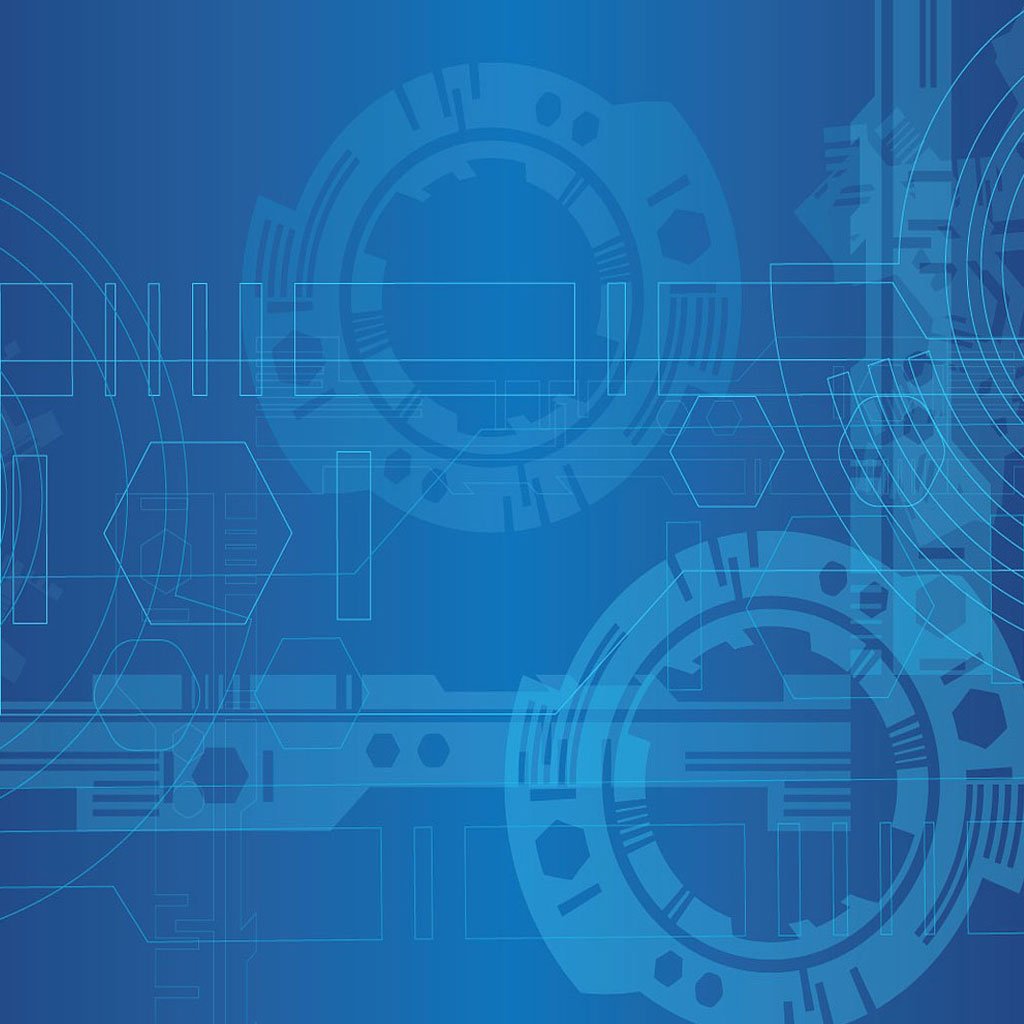
What challenges does Web 3.0 face in terms of adoption, scalability, and regulation, and how are they being addressed?
March 24, 2024 | Digital Techtune
Web 3.0, often heralded as the next phase of the internet, promises decentralized, trustless, and secure digital ecosystems. Built on blockchain and decentralized technologies, Web 3.0 aims to address the limitations and vulnerabilities of its predecessors while fostering greater transparency, privacy, and user empowerment. However, its journey towards widespread adoption faces multifaceted challenges encompassing technical, social, and regulatory dimensions. This essay delves into the hurdles confronting Web 3.0 adoption, scalability, and regulation, and explores the strategies being employed to surmount them.
Challenges of Web 3.0 Adoption:
Complexity and User Experience: One of the primary challenges impeding Web 3.0 adoption is the complexity of decentralized applications (DApps) and blockchain technology. For mainstream users accustomed to centralized platforms, navigating decentralized ecosystems can be daunting. The user experience often involves managing private keys, understanding smart contracts, and interacting with unfamiliar interfaces, which can deter mass adoption.
Lack of Awareness and Education: Another significant barrier is the lack of awareness and education regarding the benefits and functionalities of Web 3.0. Many potential users remain unaware of decentralized alternatives or perceive them as obscure and niche. Bridging this knowledge gap and demystifying blockchain technology is crucial for fostering broader adoption.
Scalability and Performance: Scalability issues plague many blockchain networks, leading to slow transaction speeds and high fees during periods of network congestion. As Web 3.0 applications gain traction, scalability becomes paramount to accommodate increasing user demand without compromising performance. Scalability solutions such as layer 2 protocols, sharding, and interoperability initiatives are being pursued to enhance network throughput and efficiency.
Interoperability and Fragmentation: The fragmentation of blockchain ecosystems presents a significant challenge to Web 3.0 adoption. With numerous blockchain platforms, each supporting its unique set of protocols and standards, interoperability becomes crucial for enabling seamless communication and data transfer between disparate networks. Interoperability protocols like Polkadot, Cosmos, and interoperability standards such as Interledger Protocol (ILP) aim to address this challenge by facilitating cross-chain compatibility and interoperability.
Security and Trust: While decentralization promises enhanced security by removing single points of failure, it also introduces new security challenges. Smart contract vulnerabilities, protocol bugs, and the risk of network attacks pose threats to user funds and data integrity. Establishing robust security practices, conducting thorough audits, and implementing formal verification mechanisms are essential for building trust and mitigating security risks in Web 3.0 environments.
Strategies for Addressing Adoption Challenges:
Improving User Experience: Simplifying the user experience and abstracting technical complexities are critical for driving Web 3.0 adoption. Projects are focusing on developing intuitive interfaces, wallet integrations, and user-friendly onboarding processes to make decentralized applications more accessible to mainstream users. Educational initiatives, tutorials, and community-driven outreach programs also play a vital role in enhancing user understanding and confidence in Web 3.0 technologies.
Educational Campaigns: Education and awareness campaigns are instrumental in familiarizing users with the concepts and benefits of Web 3.0. Industry stakeholders, including blockchain projects, educational institutions, and advocacy groups, are collaborating to develop educational resources, workshops, and training programs aimed at empowering users to navigate decentralized ecosystems confidently.
Scalability Solutions: Addressing scalability concerns requires a multi-faceted approach encompassing network upgrades, protocol optimizations, and the adoption of off-chain scaling solutions. Projects are actively researching and implementing technologies such as sharding, state channels, sidechains, and rollups to enhance blockchain scalability while preserving security and decentralization.
Interoperability Initiatives: Interoperability protocols and standards are key enablers for bridging the gap between disparate blockchain networks. Collaborative efforts within the blockchain community are driving the development of interoperability solutions that facilitate seamless asset transfer, data exchange, and smart contract interoperability across different blockchain platforms.
Security Best Practices: Prioritizing security throughout the development lifecycle is essential for safeguarding Web 3.0 applications against potential threats. Projects are investing in comprehensive security audits, formal verification methods, and bug bounty programs to identify and mitigate vulnerabilities proactively. Additionally, promoting a culture of security awareness and providing resources for secure development practices are crucial for fostering trust and confidence in decentralized systems.
Challenges of Web 3.0 Scalability:
Transaction Throughput: Blockchain networks often struggle to scale transaction throughput to meet the demands of mass adoption. As user activity increases, network congestion leads to higher transaction fees and longer confirmation times, hindering the usability of decentralized applications.
Storage and Bandwidth: Storing and accessing large volumes of data on-chain pose significant challenges in terms of storage and bandwidth requirements. As the size of the blockchain grows, maintaining network efficiency and accessibility becomes increasingly challenging, particularly for resource-constrained devices and networks.
Consensus Mechanisms: The consensus mechanisms employed by blockchain networks play a crucial role in determining their scalability and performance. Traditional proof-of-work (PoW) consensus algorithms, while secure, are often criticized for their energy-intensive nature and limited scalability. Transitioning to more scalable consensus mechanisms such as proof-of-stake (PoS), delegated proof-of-stake (DPoS), or novel consensus algorithms can improve network efficiency and scalability.
Data Privacy and Confidentiality: Ensuring data privacy and confidentiality while maintaining scalability presents a formidable challenge for decentralized systems. Balancing the transparency of blockchain with the need for privacy requires innovative solutions such as zero-knowledge proofs, homomorphic encryption, and privacy-preserving smart contracts.
Strategies for Addressing Scalability Challenges:
Layer 2 Solutions: Layer 2 scaling solutions such as state channels, sidechains, and plasma chains enable off-chain computation and transaction processing, reducing the burden on the underlying blockchain network. These solutions enhance scalability by batching transactions, executing them off-chain, and settling them on-chain periodically, thereby increasing throughput and reducing latency.
Sharding: Sharding is a technique that partitions the blockchain into smaller, more manageable subsets called shards, each capable of processing transactions and smart contracts independently. By parallelizing transaction processing across multiple shards, sharding improves scalability by increasing network throughput and reducing congestion.
Optimized Protocols and Consensus Mechanisms: Optimizing blockchain protocols and consensus mechanisms for scalability is essential for improving network performance. Projects are exploring alternative consensus algorithms, such as proof-of-stake (PoS), which offer higher transaction throughput and energy efficiency compared to traditional proof-of-work (PoW) systems.
Data Compression and Pruning: Implementing data compression techniques and pruning mechanisms can reduce the storage and bandwidth requirements of blockchain networks, thereby improving scalability and accessibility. By removing redundant data and optimizing data structures, blockchain platforms can achieve greater efficiency without compromising data integrity or security.
Research and Innovation: Continued research and innovation are crucial for advancing scalability solutions and addressing emerging challenges in decentralized systems. Collaborative efforts between academia, industry, and the open-source community drive the development of novel scaling techniques, consensus algorithms, and optimization strategies that push the boundaries of blockchain scalability.
Challenges of Web 3.0 Regulation:
Regulating Web 3.0 presents a unique set of challenges due to its decentralized nature, cross-border operations, and the novel features introduced by blockchain technology. Here are some of the key challenges:
Regulatory Uncertainty: The regulatory landscape surrounding Web 3.0 technologies, including blockchain, cryptocurrencies, and decentralized finance (DeFi), is still evolving. Many jurisdictions lack clear guidelines or regulations tailored to these innovations, leading to uncertainty for businesses, investors, and users. Regulatory uncertainty stifles innovation and investment, as stakeholders may hesitate to engage with technologies subject to ambiguous or restrictive regulations.
Jurisdictional Challenges: Web 3.0 operates in a borderless environment, transcending traditional jurisdictional boundaries. This poses challenges for regulators attempting to enforce laws and regulations applicable to decentralized networks and cross-border transactions. Conflicting regulatory frameworks across different jurisdictions further complicate compliance efforts and regulatory harmonization.
Consumer Protection: Ensuring consumer protection in decentralized ecosystems presents a significant challenge for regulators. The pseudonymous and irreversible nature of blockchain transactions can expose users to risks such as fraud, scams, and loss of funds. Unlike centralized platforms, where regulatory oversight and consumer protections are more straightforward, decentralized applications may lack mechanisms for dispute resolution, recourse, or restitution in case of fraudulent activities or technical errors.
Anti-Money Laundering (AML) and Counter-Terrorist Financing (CTF) Compliance: Regulating decentralized financial activities to prevent money laundering, terrorist financing, and other illicit activities is a priority for regulators worldwide. However, the pseudonymous nature of blockchain transactions complicates efforts to identify and track illicit actors, requiring innovative regulatory approaches and technological solutions for effective AML and CTF compliance without compromising user privacy.
Privacy and Data Protection: Protecting user privacy and data sovereignty while ensuring compliance with regulatory requirements poses a delicate balancing act for Web 3.0 regulators. Blockchain’s transparency and immutability features offer enhanced data integrity and auditability but may also raise concerns regarding data privacy and regulatory compliance, especially in jurisdictions with stringent data protection regulations such as the General Data Protection Regulation (GDPR) in the European Union.
Smart Contract Regulation: Smart contracts, self-executing code deployed on blockchain networks, automate the execution of predefined agreements without the need for intermediaries. However, the regulatory status of smart contracts and the legal enforceability of their outcomes remain ambiguous in many jurisdictions. Regulators must clarify the legal framework governing smart contracts to ensure compliance with existing contract law while fostering innovation in decentralized automation.
Token Regulation: The issuance, trading, and use of digital tokens, including cryptocurrencies, utility tokens, and security tokens, present complex regulatory challenges for Web 3.0 ecosystems. Regulators must distinguish between different types of tokens and apply appropriate regulatory frameworks to address investor protection, securities laws compliance, and market integrity concerns without stifling innovation or impeding legitimate token-based projects.
Decentralized Autonomous Organizations (DAOs): DAOs, decentralized organizations governed by smart contracts and distributed consensus mechanisms, raise novel regulatory questions regarding governance, liability, accountability, and taxation. Regulators must adapt existing legal frameworks or develop new regulations to address the unique characteristics and challenges posed by DAOs, ensuring adequate oversight while fostering the growth of decentralized governance models.
Strategies for Addressing Regulatory Challenges:
Regulatory Clarity and Guidance: Regulators should strive to provide clear and comprehensive guidance on the regulatory treatment of Web 3.0 technologies, including blockchain, cryptocurrencies, and decentralized applications. Collaborative engagement with industry stakeholders, policymakers, and legal experts can help develop pragmatic regulatory frameworks that balance innovation with consumer protection, financial stability, and regulatory compliance.
International Cooperation and Standardization: Given the cross-border nature of Web 3.0 technologies, international cooperation and standardization efforts are essential for harmonizing regulatory approaches and addressing jurisdictional challenges. Forums such as the Financial Action Task Force (FATF), the International Organization of Securities Commissions (IOSCO), and the Basel Committee on Banking Supervision facilitate dialogue and collaboration among regulators worldwide to develop consistent standards and best practices for regulating decentralized finance and digital assets.
Technology-Driven Compliance Solutions: Regulators and industry participants should leverage technology-driven solutions, such as blockchain analytics, cryptographic techniques, and machine learning algorithms, to enhance AML/CFT compliance, fraud detection, and regulatory oversight in decentralized ecosystems. These tools enable regulators to monitor blockchain transactions, identify suspicious activities, and enforce regulatory compliance without compromising user privacy or network security.
Regulatory Sandboxes and Pilot Programs: Regulatory sandboxes and pilot programs provide a controlled environment for experimenting with innovative technologies and business models while ensuring compliance with applicable regulations. By granting regulatory waivers or exemptions within a sandbox framework, regulators can foster experimentation, gather empirical data, and assess the regulatory implications of emerging Web 3.0 innovations before implementing broader regulatory reforms.
Educational Outreach and Stakeholder Engagement: Regulators should engage in educational outreach and stakeholder consultation to raise awareness, build trust, and foster dialogue on regulatory issues related to Web 3.0 technologies. By collaborating with industry associations, academic institutions, and community organizations, regulators can promote mutual understanding, address misconceptions, and solicit feedback to inform evidence-based policymaking and regulatory reform efforts.
Adaptive Regulation and Regulatory Sandboxes: Given the rapid pace of technological innovation in the Web 3.0 space, regulators must adopt adaptive regulatory approaches that can evolve in tandem with technological advancements. Regulatory sandboxes, pilot programs, and flexible regulatory frameworks allow regulators to experiment with innovative regulatory solutions, assess their effectiveness, and adapt regulations accordingly to accommodate emerging risks and opportunities in decentralized ecosystems.
Conclusion:
Web 3.0 holds immense promise for transforming the internet and empowering users with greater autonomy, privacy, and security. However, its journey towards widespread adoption, scalability, and regulatory acceptance is fraught with challenges spanning technical, social, and regulatory dimensions. Addressing these challenges requires collaborative efforts from stakeholders across the public and private sectors, including regulators, industry participants, policymakers, and civil society organizations. By fostering innovation-friendly regulatory environments, promoting interoperability and scalability solutions, and ensuring consumer protection and regulatory compliance, we can unlock the full potential of Web 3.0 and build a more inclusive, resilient, and decentralized digital future.

